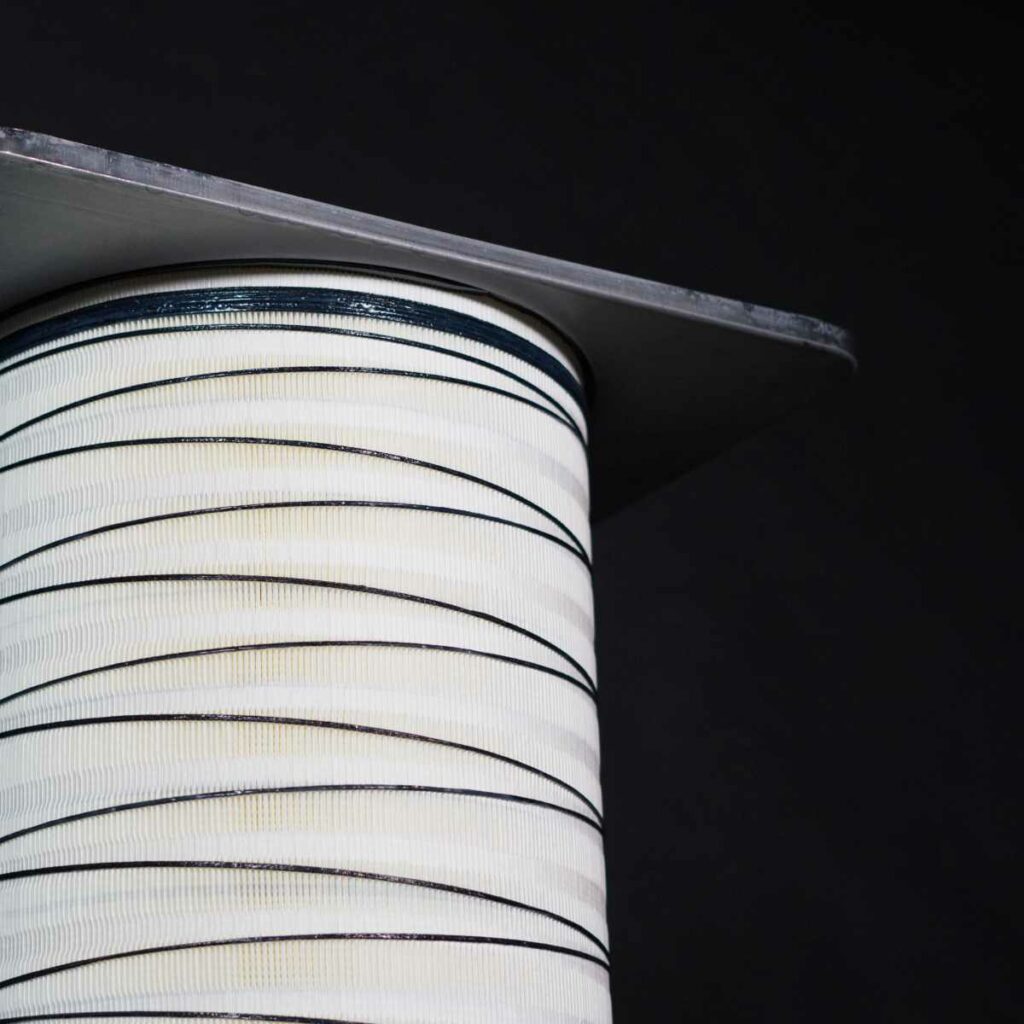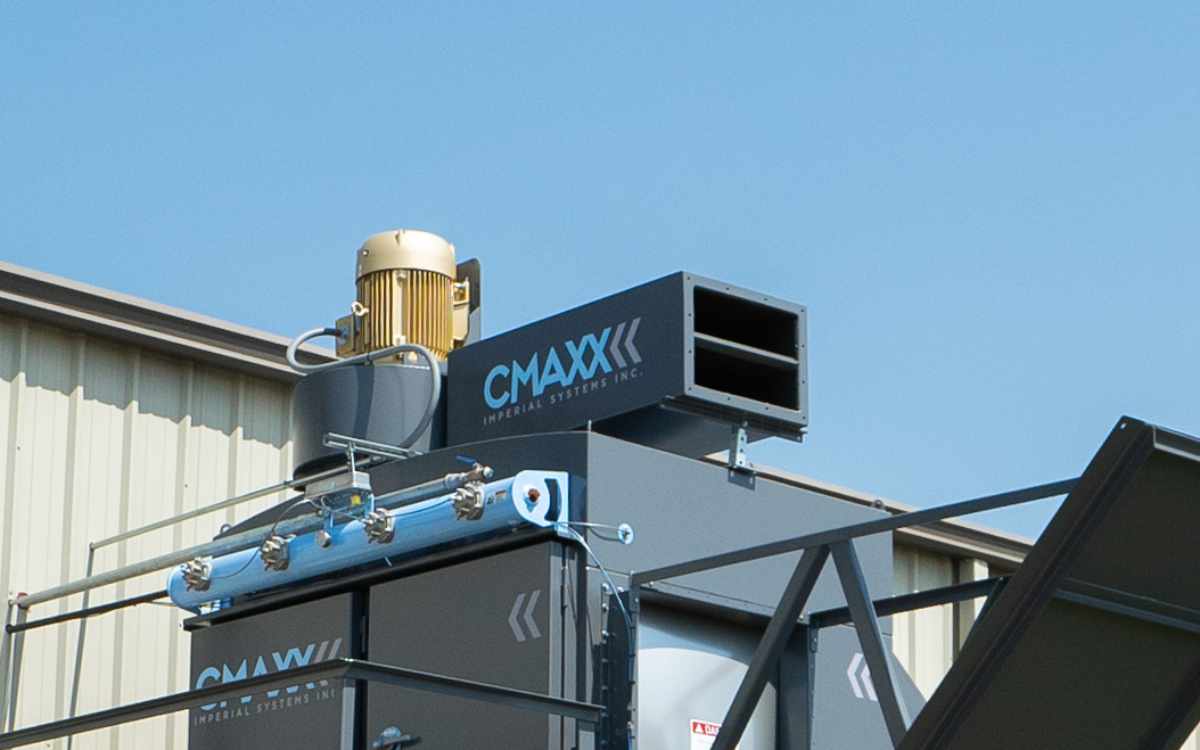The expected lifespan of dust collector filters is one of the most common questions in the air filtration industry. Unfortunately, there is no one-size-fits-all answer to how long these filters last because their longevity depends on several variables. These include the type of dust being filtered, air volume, and system maintenance practices. Understanding these factors can help you maximize the life of your filters and ensure optimal system performance.
The Impact of Dust Type
One of the primary factors affecting dust collector filter life is the type of dust your system handles. Dust with abrasive or aggressive properties can wear down filters more quickly. While lighter, less damaging particulates tend to allow for longer use. For example, filters handling fine sawdust in a woodworking shop may outlast those dealing with similar machines in a metal shop. Knowing the nature of your dust is key to selecting the right filter and anticipating its lifespan.
Air Volume and Its Effect on Filters
Air volume also plays a significant role in determining filter longevity. A higher air volume can lead to faster accumulation of dust on the filter surface. This not only increases the frequency of filter cleaning but can also result in quicker wear and tear. Ensuring that your dust collection system is sized correctly for your needs can mitigate this issue. It prevents the system from working harder than necessary.
 Maintenance: The Unsung Hero of Filter Longevity
Maintenance: The Unsung Hero of Filter Longevity
Regular preventative maintenance is critical for getting the most life out of your filters. Neglecting maintenance tasks like inspecting for water leaks in ductwork and ensuring proper system airflow can significantly reduce the lifespan of your filters. Over time, dust accumulation and system inefficiencies can lead to higher stress on the filters, accelerating their deterioration.
One of the best practices for maintaining filters is using a differential pressure gauge to monitor the pressure drop across the filters. It can be either electronic or analog. Most dust collectors will come with a pressure gauge as a standard part. This is the most reliable indicator of when a filter has reached the end of its lifecycle. When the pressure drop exceeds 5 inches of water column, it’s time to replace the filters. This is regardless of how long they’ve been in use. Relying on this metric as opposed to a time-based parameter ensures you do not prematurely discard or use filters beyond their effective lifespan.
So, How Long Do They Last?
Given the wide range of applications and operating conditions, dust collector filters can last anywhere from a couple of months to a couple years. Systems filtering abrasive dust in high volumes with minimal maintenance will see shorter filter life. On the other hand, filters in systems handling less aggressive dust, paired with diligent maintenance, can last significantly longer.
Maximizing Dust Collector Filter Life
To extend the life of your filters, invest in regular maintenance, monitor pressure drop consistently, and tailor your dust collection system to your specific application. We suggest using a VFD (variable frequency drive) to automatically adjust airflow over the life of the filters. This VFD starts the fan at a slower speed when the filters are new and increases power as the filters build a dust cake and pressure drop. The second benefit to the VFD is an overall decrease in power consumption. These steps not only optimize filter performance but also reduce operational costs over time. By paying attention to these factors, you can make informed decisions and ensure your dust collection system operates efficiently for as long as possible.
A dust collection professional can help ensure that you see optimal filter life. The team at Imperial Systems will design a system with proper air volume, suggest the best media for your application, and even provide regular dust collector maintenance.


